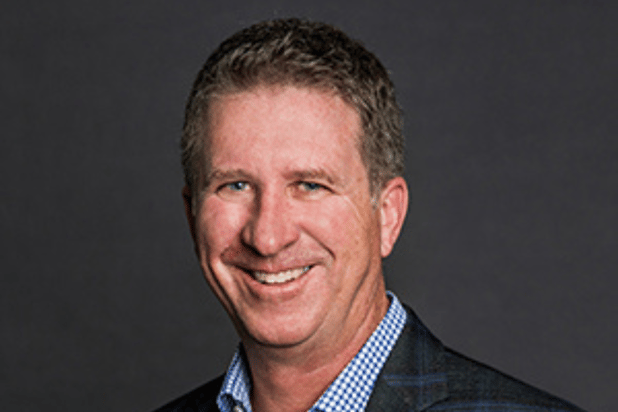

The increasing frequency and severity of natural disasters have made the conversations around climate change louder than before.
More than ever before, investors are now focused on the environmental, social, and corporate governance (ESG) efforts of companies. And even the federal government has raised its concerns about industries and their responsibilities to the environment, as the US Securities and Exchange Commission (SEC) on March 2022 proposed a new rule that would require companies to disclose their climate-related risks, as well as their emissions results and their plans – if any – to transition to net-zero.
But WTW has reported that environmental insurance marketplace is showing signs of growth despite the uncertainty brought about by emerging exposures. The environmental insurance space may be a daunting landscape, but skilled brokers can help navigate insureds through this increasingly complex market.
Insurance Business spoke with Jim Hamilton (pictured above) and Sean McLaughlin (pictured below) – environmental practice group leader and broker, respectively – of CRC Group’s CRC Environmental Brokerage, to learn more about the current state of environmental insurance, and what the brokerage is doing to support its clients.
Jim: The current environmental insurance market can be characterized as more aggressive than the traditional P&C market. In general, the market is very stable and there is plenty of capacity. CRC Group recently placed a $400M tower for monoline pollution, one of the largest towers in the last decade, and developed the quotes in just over a week, which is a testament to how much capacity is currently available.
Sean: There have been a number of new entrants either through MGAs or MGUs, which has helped to keep some environmental insurance products soft.
Jim: However, there are segments that are hardening for specific industries and products, such as mold coverage for hospitality, multi-family residential and frame construction projects as well as contractor professional for design-build construction delivery methods. Site Pollution coverage, while remaining stable for pricing and coverages for most exposures, is hardening for hospitality, healthcare facilities, educational facilities, residential (condo, single-family, townhome), and certain multi-family exposures, in large part due to mold losses.
Jim: PFAS remain a hot topic within the General Liability and Environmental insurance markets. Often used in various consumer products and foam fire suppressants, they are commonly viewed as the next asbestos, capable of touching every industry and sector in some way.
Sean: To date, the insurance industry hasn’t seen an overburden of claims, but the exposure is still out there. Carriers are positioning themselves to protect themselves going forward because there will be claims in the future.
Jim: Once there’s a national clean-up standard and accepted toxicity level established by the US EPA and State Regulatory Agencies, PFAS regulations will propagate and the frequency of claims will likely increase.
Jim: The SEC is now requiring detailed reporting of climate-related risks, emissions and net-zero transition plans, which certainly impacts our Insureds. Insurance companies are feeling increased public pressure from an image standpoint to support insureds that adopt these initiatives to help address climate change. Clients and insurers are generating new ESG statements and many carriers are no longer willing to offer coverage to those they view as pollution heavy, such as the coal industry.
Sean: Over the last 10 years what started as a cottage industry has evolved into something more mainstream as new entities emerge to help address carbon disclosures, such as carbon credit banks and other financial mechanisms. Carriers may not have a full grasp of the carbon credit industry yet as it continues to evolve. However, we have seen significant growth in that area and received more submissions over the last year than in the previous 5 years combined.
Jim: Carriers may choose not to write specific classes or businesses with an actual or perceived industrial impact on climate change. For example, several insurers have exited the marketplace for General Liability or Environmental Insurance for coal-based businesses or those that participate in fracking.
Sean: They have also become more aggressive in appetite, coverage, and pricing to support and promote Alternative Energy operations.
